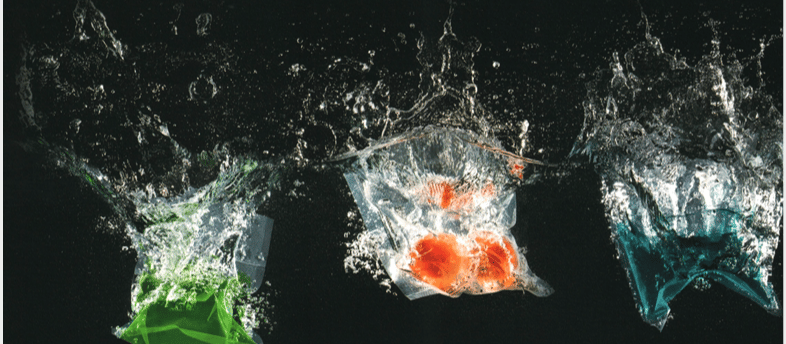Sous Vide Cooking: Vacuum Sealing, Necessity, and Benefits
The role of vacuum sealing in sous vide cooking and whether it's truly necessary. Explore the practical advantages of vacuum packing and its impact on food preservation
COOKING BEST PRACTICESCOOKING SOUS VIDE
Francesco Feston
10/28/20232 min read


Vacuum sealing is a convenient method for preparing food for sous vide cooking, but it is not strictly necessary. Sous vide cooking can be accomplished without the use of vacuum sealers.
Sous vide is commonly associated with vacuum sealing, as the term is often interpreted to mean "under vacuum." However, this literal translation can be misleading in two ways. Food can be prepared sous vide without vacuum sealing, provided that the meal is served within a few hours of cooking. Additionally, the food does not experience a true vacuum (i.e., very low pressure) after being sealed inside a bag. The atmosphere's weight continues to press down on both the bag and its contents. A more accurate translation of sous vide would be "packed without air," as it accurately describes the typical food preparation for sous vide cooking.
Vacuum packing is primarily used to extend the shelf life of food during distribution, rather than for cooking purposes. Supermarket shelves often feature vacuum-packed meat, cheese, coffee, and ready-to-eat food products. This technology significantly increases shelf life by removing oxygen from contact with the food. Oxygen, being highly reactive, can cause various reactions, such as rusting, burning, and browning of certain fruits and vegetables. It is also essential for the growth of spoilage bacteria, which are mostly aerobic. Vacuum packing prevents both direct oxidation and the growth of aerobic microbes by eliminating air from the food.
Strictly speaking, vacuum packing is only necessary for cook-chill sous vide, where food is stored after cooking, to ensure safety and prevent oxidation. However, many cooks choose to vacuum pack food even if they intend to serve it immediately due to the practical benefits it offers. Unsealed bags tend to float in the water baths commonly used for sous vide cooking, making it inconvenient to weigh them down with weights or nets. Vacuum-sealed bags, on the other hand, tend to sink on their own. Additionally, removing air from the food through vacuum sealing helps prevent chemical reactions that can lead to a warmed-over flavor in cook-chilled foods.
While these advantages are somewhat modest, it's worth noting that sous vide cooking can be carried out without vacuum sealing at all. Simply sealing the food tightly in an ordinary press-and-seal bag accomplishes the main goal of excluding air for consistent temperature control. Excluding air also enhances the uniformity of heating because air is a poor conductor of heat. Moreover, water cannot evaporate from the food without air, so the cooking temperature remains consistent with the air or bath temperature outside the bag. However, if you're going to seal the food anyway, using a vacuum machine is a convenient choice. The primary downsides of this approach are the equipment cost, especially for a chamber sealer, and concerns (largely unfounded) about anaerobic pathogens, which thrive in the absence of air. In reality, vacuum-packed food does not pose a greater risk of foodborne disease compared to food prepared in the presence of air. Regulatory attention on vacuum packing is mainly due to its unfamiliarity.
